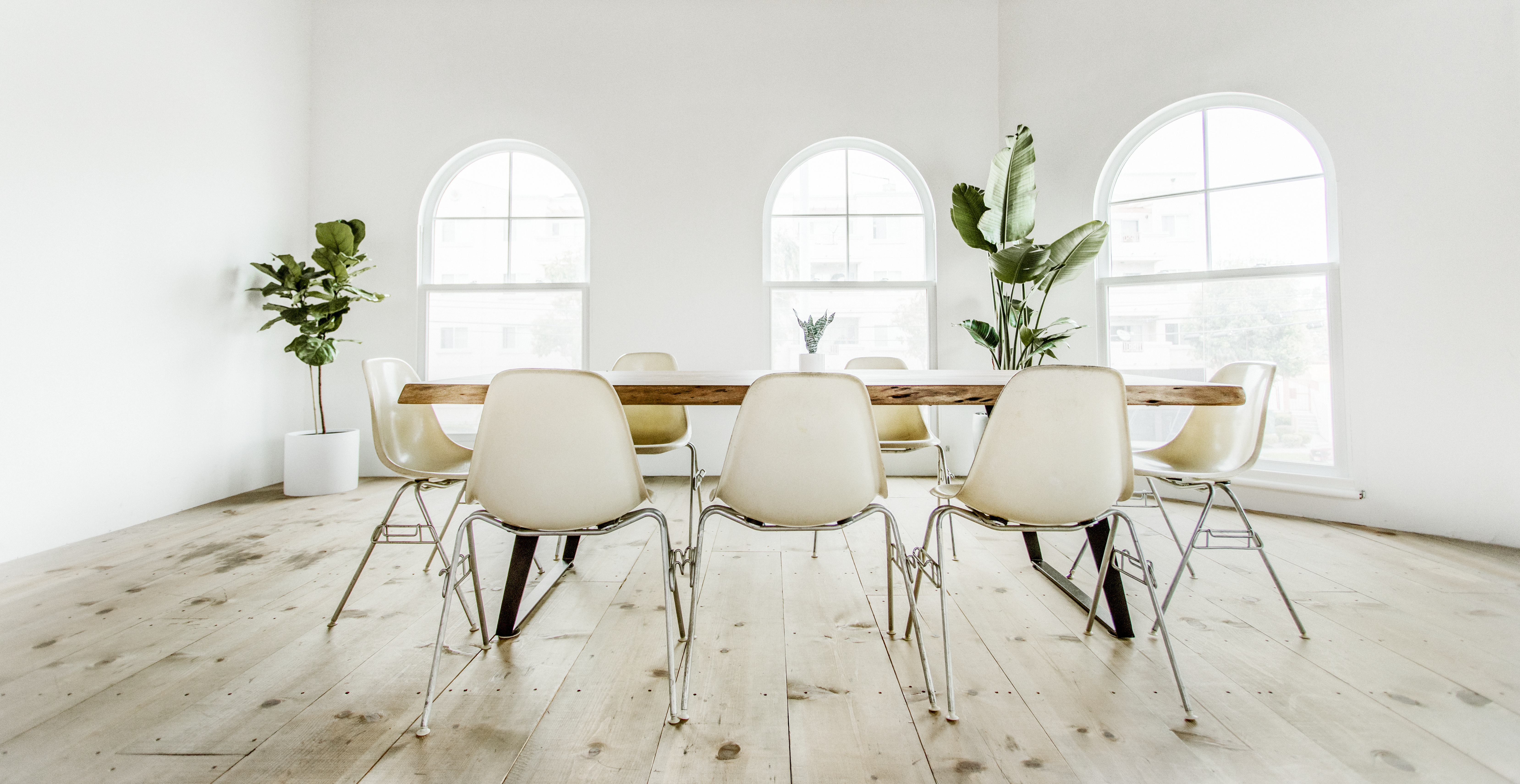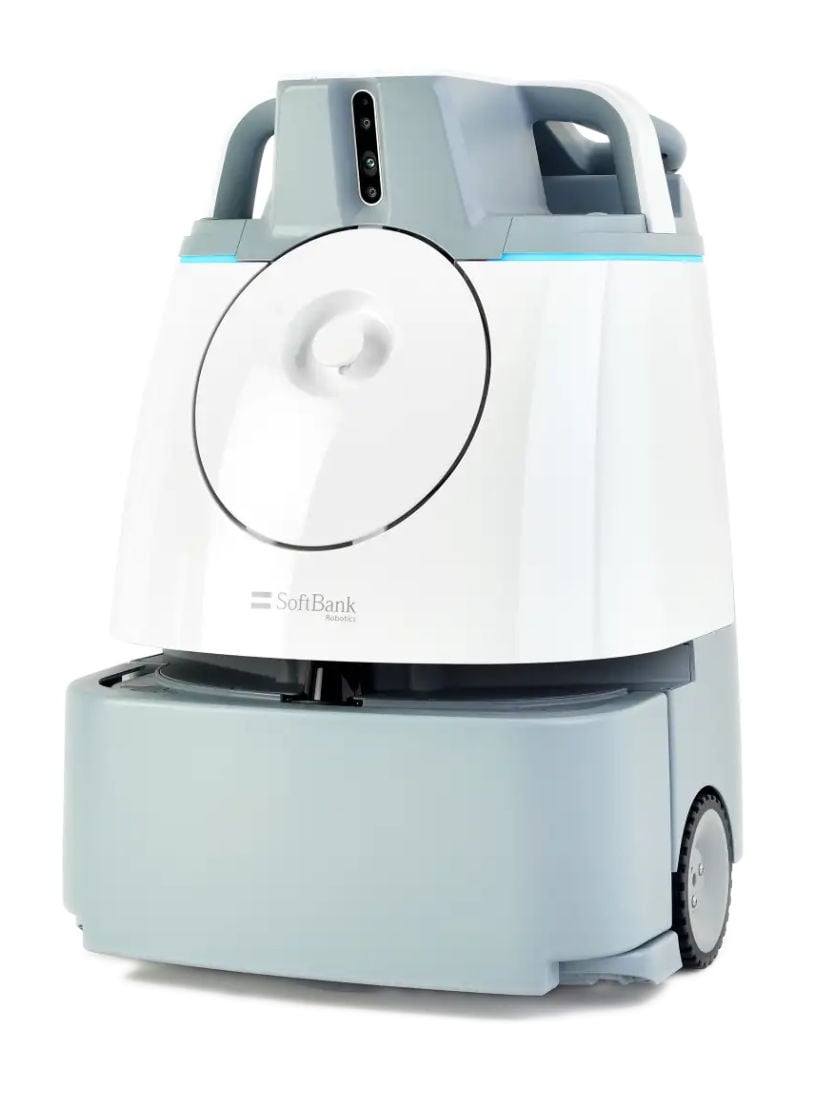Although post-pandemic consumer anxieties have made the issue of indoor air quality (IAQ) top of mind for many businesses, proper ventilation and indoor air quality have always been — and will always be — critical for maintaining expectations of customers, vendors, and employees alike.
That’s why achieving optimal air ventilation should be a top priority for any space where employees, customers, clients, residents, or patients spend a significant amount of time indoors--from healthcare and senior living facilities to office buildings to retail establishments. But understanding how and why you should make these adjustments isn’t always apparent.
Let’s dive deeper into the ways in which poor air quality and ventilation can negatively affect occupants in your commercial spaces and explore strategies to improve air quality over time.
.
5 Ways Poor Air Ventilation Affects Your Occupants’ Experiences
To solve the problem of poor-quality indoor air, you first need to understand the many ways inadequate ventilation impacts your building occupants. Below are five factors to consider:
1. Airborne Illnesses Spread More Easily In Poorly Ventilated Buildings
Airborne illnesses are perhaps the most immediate challenge in ensuring the safety of indoor spaces. According to the EPA, inadequate ventilation traps and concentrates indoor air pollutants, sometimes resulting in immediate and long-term health consequences for building occupants ranging from mild allergies to serious respiratory illnesses.
It’s such a big problem that there’s even a name recognized by the National Institutes of Health (NIH) that describes the wide range of symptoms associated with poor indoor air quality: Sick Building Syndrome, or SBS. Furthermore, according to the Consumer Product Safety Commission, up to 30% of new and remodeled commercial buildings experience significant health and comfort complaints related to indoor air quality.
Fortunately, the CDC has many strategies it recommends to improve building ventilation and reduce the risk of respiratory illness, including opening windows to bring fresh outdoor air inside, leveraging fans to increase airflow in and out of the building, and improving central air filtration systems. Maintaining HVAC systems regularly — including replacing or upgrading filters — also goes a long way in stopping the spread of germs.
Note that, even with adequate ventilation, more contagious viruses will need more proactive measures than air ventilation alone.
2. High Concentrations of Contaminants Accumulate Quickly in Enclosed Spaces
Without sufficient airflow, indoor contaminants like dust and pet dander accumulate quickly in carpets and upholstery. Building occupants also bring in outdoor pollutants and allergens like dirt and pollen on their shoes and clothing. These particles are then deposited on carpets and other surfaces. Carpets are the number one air filter of any building, and accumulating too much dust and debris--without regular and thorough cleaning--reduces the carpet’s ability to filter additional pollutants effectively. Not to mention, when cleaning these filter surfaces, suction alone does not capture deeply trapped irritants. Beater bars or brushes help bring these particles to the top of soft surfaces, where they can be captured.
Other sources of indoor contaminants include the use of cleaning supplies, paints, insecticides, and other products that can introduce volatile organic compounds (VoCs) into the air. These contaminants can trigger allergies, asthma, sinus congestion, coughing, shortness of breath, fatigue, and other respiratory symptoms. The goal for any ventilation strategy should be to remove these irritants from the air and bring them to safe concentration levels for prolonged exposure.
3. Ineffective Cleaning Methods Exacerbate Indoor Air Pollution
In indoor spaces with limited ventilation, some cleaning methods can exacerbate indoor air quality. For example, vacuuming the largest filter in a commercial space, the carpet, without a HEPA filter means you’re stirring up dust without capturing it. The dust kicked into the air has nowhere to go. So, particles move out of the carpet and into the air, only to settle back into the carpet again--a cycle repeated when carpets are vacuumed without a HEPA filter. Rather than solving the problem, indoor air quality worsens and makes building occupants feel sick and uncomfortable.
Vacuuming doesn’t have to be an exercise in futility, however. Choose a commercial vacuum cleaner with a HEPA filter that can clean carpets daily and keep indoor contaminants at bay. For example, a commercial robot vacuum like Whiz from SoftBank Robotics makes it easier to thoroughly clean carpets and remove 99.97% of airborne particles that contribute to indoor pollution.
4. Humidity Levels That are Too High or Too Low Increase Risk of Illness
Inadequate ventilation can also affect indoor humidity levels. According to the Mayo Clinic, air that is too dry can cause significant discomfort, including dry skin, itchy eyes, sore throat, and sinus irritation. Some viruses are also known to survive longer in drier air, making it easier to transmit illnesses from person to person. However, too much humidity can lead to mold and bacterial growth, which can cause potentially severe allergic reactions and trigger asthma attacks in some individuals.
Lack of air circulation and ventilation can also mean that some building areas are optimally humidified, while other areas are too high or too low. For example, an enclosed bathroom without effective exhaust fans is likely to have humidity levels high enough to accelerate mold and bacteria growth. The Mayo Clinic recommends humidity levels between 30% and 50% to maintain optimal comfort and health. These levels must be maintained throughout the building via air circulation and ventilation techniques.
5. Odors Linger in Areas with Minimal Airflow
Odors are another common problem in poorly ventilated, tiny spaces like bathrooms. Without appropriate airflow, odors can become significantly pronounced and take hours to dissipate. Many people’s first instinct is to reach for an air freshener to mask offensive smells quickly; however, this introduces more irritants into the air that can make building occupants ill.
Foul smells are often just a symptom of a more prominent health and safety problem (like mold). A better solution to odors is to find ways to improve airflow into and out of the affected space while also addressing the source of the smell with safe, environmentally friendly cleaning methods.
A Complete Strategy for Building Cleanliness
Improving ventilation is just one crucial step to ensuring a more comfortable indoor environment. However, proper ventilation without effective cleaning is an incomplete strategy. Contact SoftBank Robotics today to learn how autonomous cleaning operations can bring your building’s health and safety to the next level.









